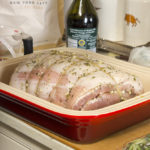You can have the best kitchen in the world, but it’s the cookware that matters as much as everything else in your kitchen. You must have wondered at one point – what’s the best cookware material for me?
We all want only the best out there, even if it’s only the best for our budget. Therefore, cooking with the best cookware material is a must – but how do you know what’s the best?
We’re glad you asked! It’s great that you’re doing your research and I want you to know that you’re in the right place.
This post is all about cookware material so down below, you’ll find everything you’ve been looking for.
Not only will you be able to know exactly the type of material you want, but you’ll know almost everything you need to know to efficiently purchase your next set!
What is the Best Material for Pots and Pans?
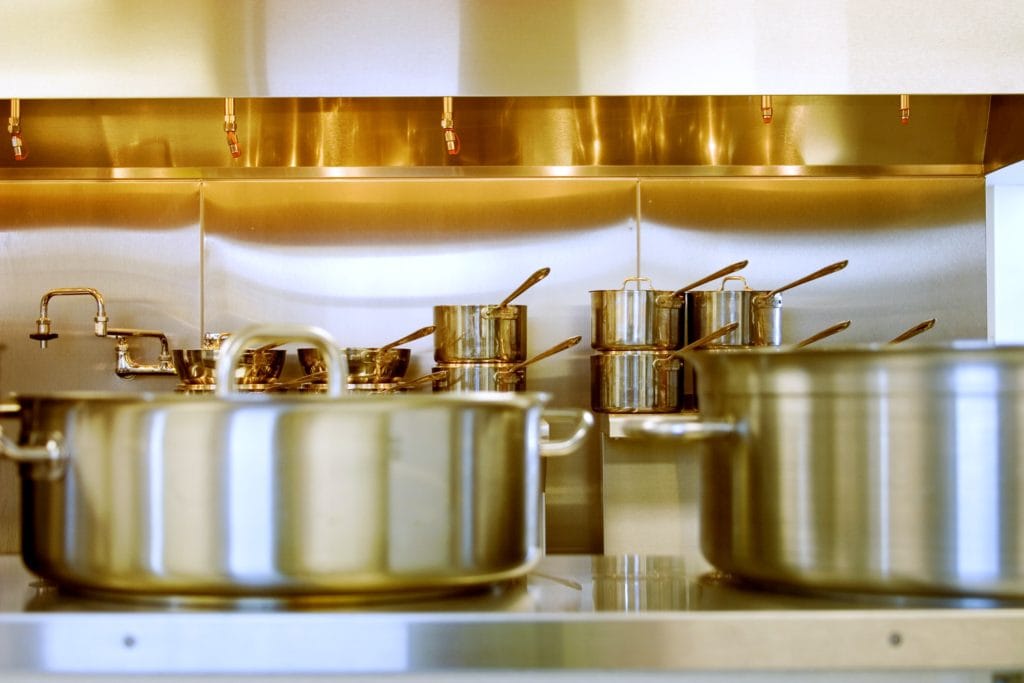
Stainless Steel
If you’re looking for the best of the best – you’re probably looking at only a couple of options.
Stainless steel is at the top of the list. However, you should keep in mind that not all stainless steel is created equally. You must have seen that some of the cheapest pots and pans available on Amazon are created from stainless steel.
However, don’t mistake this type of stainless steel pans for the premium type that you often associate with a high price tag.
After stainless steel, there’s often a tie between ceramic and cast iron.
Ceramic and Cast Iron
The reason it’s a tie is that both materials are some of the best out there – but they’re made differently and have different pros and cons.
Also, they’re suitable for different needs and stovetop types so it’s up to you to find out which might be a better choice for your kitchen and your cooking needs.
There’s nothing inherently right or wrong about choosing a cast iron pan over a ceramic one, or vice versa.
My go-to frying pan is stainless steel, but my second go-to pan for regular cooking is made of ceramic. Personally, I don’t even like to use cast iron cookware, but many people swear by it!
What is the Healthiest Material for Cookware?
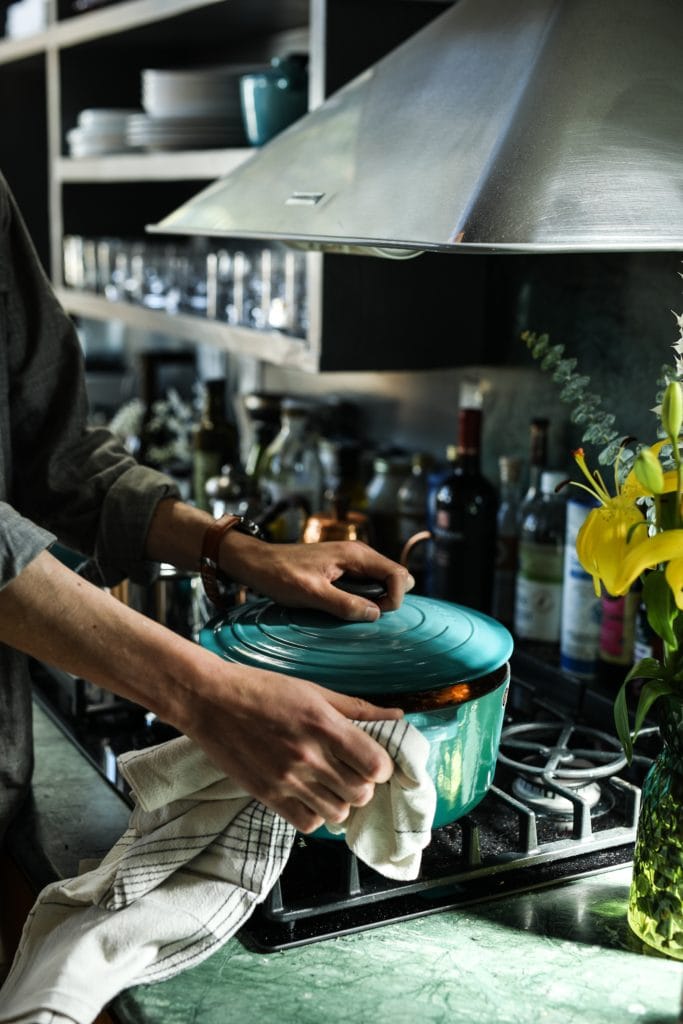
There are definitely quality materials that can make a huge difference in the kitchen – but there are also materials that should be used carefully or not at all.
Why?
Some materials are more likely to react negatively with food than other materials.
Therefore, this is something to keep in mind when choosing the healthiest cookware.
Ceramic Non-stick coating
If you’re looking for the healthiest nonstick cookware, the top of the list belongs to ceramic coated material. This type of cookware is often made from reinforced aluminum and with the interior coated with ceramic.
Its non-stick coating works really well and is a pretty good conductor of heat (but not great).
Ceramic nonstick cookware doesn’t react with food no matter the temperatures and the coating is 100% safe and healthy which is a huge benefit.
However, many times ceramic isn’t dishwasher safe or oven safe. Still, I think that having a non-stick ceramic pan is a must-have for every kitchen.
Stainless Steel
In second place is stainless steel – but the quality one. Not the one that is cheaply made!
You might think you’ll save some money by purchasing cheaper pans, but cheap pans will negatively react to acidic foods and your stainless steel pots and pans will stain, discolor, and even change the taste of the food you’re cooking.
Cast Iron and other
Cast iron is another healthy cookware and along with cast iron, you can also consider glass, carbon steel, or even porcelain enamel.
While cast-iron cookware, along with these other materials might end up costing you a bit more up front – they’re worth the investment if you’re really careful about the food you cook and what you put into your body.
Cast iron, in particular (but also carbon steel) will last you decades if you take care of it properly. I also great for heat conductivity.
Of course, you should also pay attention to the type of coating that’s combined with the material as well. Many times cast iron pans are purely cast iron, but when it comes to copper compounds, carbon steel, glass, or aluminum cookware, they have a special non-stick coating on the inside of the pan that isn’t always easy to identify.
What is the Highest Quality Cookware Material?
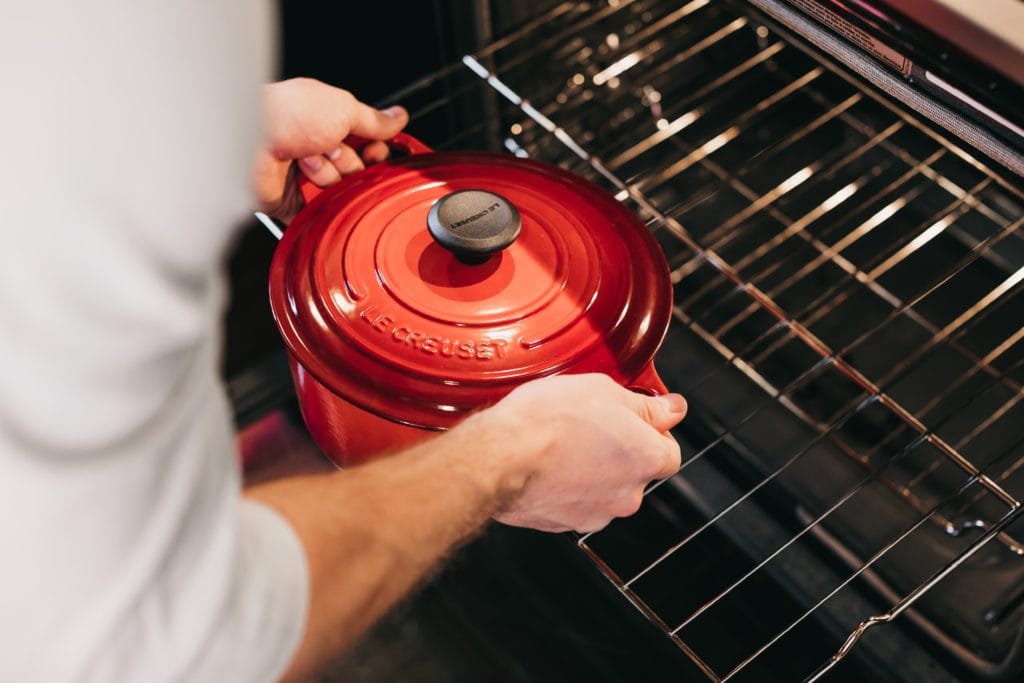
Stainless Steel Cookware again!
The highest quality cookware that’s both safe and provides top-notch benefits is stainless steel.
When it’s pure, it can withstand high heat, is a great heat conductor, holds up well to temperature changes, has a naturally non-stick cooking surface, is easy to clean, and is a top choice when it comes to those weighing out pros and cons.
Even though it costs a bit more than other cookware materials – it offers incredible food release without ever having to worry about how acidic foods will react.
If you don’t have the right budget for quality stainless – you should consider cast iron or ceramic instead.
Stainless is non-toxic and PTFE free, PFOA free, lead and cadmium free.
Stainless steel is also great for preventing grease from betting burned onto it.
However, we’ve mentioned this a couple of times now – but it’s really important.
You should stay away from cheap & low-quality stainless sets. I guarantee you that a quality pan will last you much longer and treat your food much better than a cheap one. The pros far outweigh the cons.
What are the Best Non-Toxic Pots and Pans?

Remember how we said that cheaper stainless steel can react to certain foods? Not only does this happen with cheaper stainless steel cookware sets, but it also happens with other kinds of material.
The reason for this is those high-end temperatures used for a certain kind of cooking in combination with acidic types of foods.
Therefore, all-metals can possibly react to acidic elements to some point and if that happens – the surface releases atoms of metal into what you’re cooking, which not only can change the taste of your meal but is also not healthy at all!
Therefore, higher-end 3-ply stainless steel is always a lot better option than cheaper material that’s not protected against negative reactions.
If you’re not looking for the benefits of top-notch materials and you’d rather stay on the more inexpensive side – we recommend a ceramic-coated pan.
However, this doesn’t mean you should stay away from metals. Enamel coating can help eliminate the metal leaching into the food so you’re going to be on the safe side with the ability to experience all the benefits of cooking using a metal pan.
Is Granite Cookware Better than Ceramic Cookware?
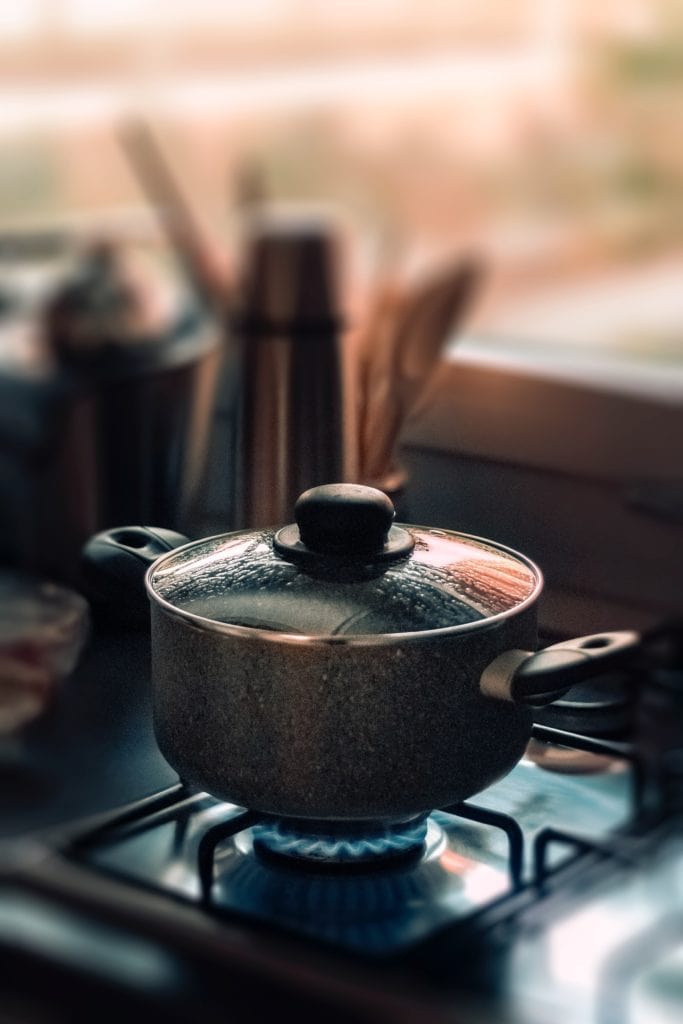
Not many people are a big fan of Teflon, especially after the early version of Teflon was found to be pretty harmful in the long run.
Of course, Teflon has been drastically improved since then – but many are still skeptical about it, and that’s okay.
Personally, I don’t use any pan with a Teflon non-stick surface in my home or with my family. I know many home cooks who do the same!
The good news is that there are different kinds of non-stick surfaces so you won’t ever have to think twice about using Teflon or not.
The two most common coatings instead of Teflon are Granite and Ceramic- but which one is better?
This is one of the most commonly asked questions – but we believe that Ceramic is a bit better than Granite, Copper Cookware, Aluminum Cookware, or any of those other kinds.
But here’s something you should know about both Ceramic and Granite. They offer similar performance with benefits such as being safe, durable, and non-stick.
Even though Ceramic has a slight edge when it comes down to heat retention – it’s still up to par of granite coating.
About Copper Cookware
Here’s something to know about copper cookware. Cooper can be a great non-stick surface. Copper pots and pans tend to work really well and don’t react negatively with acidic foods. These products also tend to be dishwasher safe and oven safe. They have efficient heat transfer and are reasonably priced.
However, copper hasn’t been widely used for very long so there’s not much information out there about its quality. Also, most cookware companies don’t manufacture copper cooking pots and pans.
Copper is PTFE free, PFOA free, and is one of the favorites of a friend of mine, but I still don’t use it.
It’s a stable metal that usually works well, but it looks kind of strange and isn’t as trusted as other materials.
About Aluminum Cookware
Aluminum cookware, or also known as hard-anodized aluminum cookware, is widely used and well known.
I’ve had pans and a stock pot that were hard anodized aluminum. Aluminum is typically dishwasher and oven safe, are free from toxins (including PTFE and PFOA), and transfer heat extremely well.
You won’t have to search very far to find this either, a quick search on this site and you’ll find some of our favorite hard-anodized aluminum sets.
About Carbon Steel
Carbon Steel pans are extremely safe to use, just as safe as copper, aluminum, cast iron, or others.
Carbon steel heats up fast and cools down fast. This means that they don’t retain heat very well but are extremely non-stick and very durable.
Although they don’t heat up as well as copper or aluminum, they’re much more durable and will last you for years of abuse.
What is the Best Non-Stick Surface?
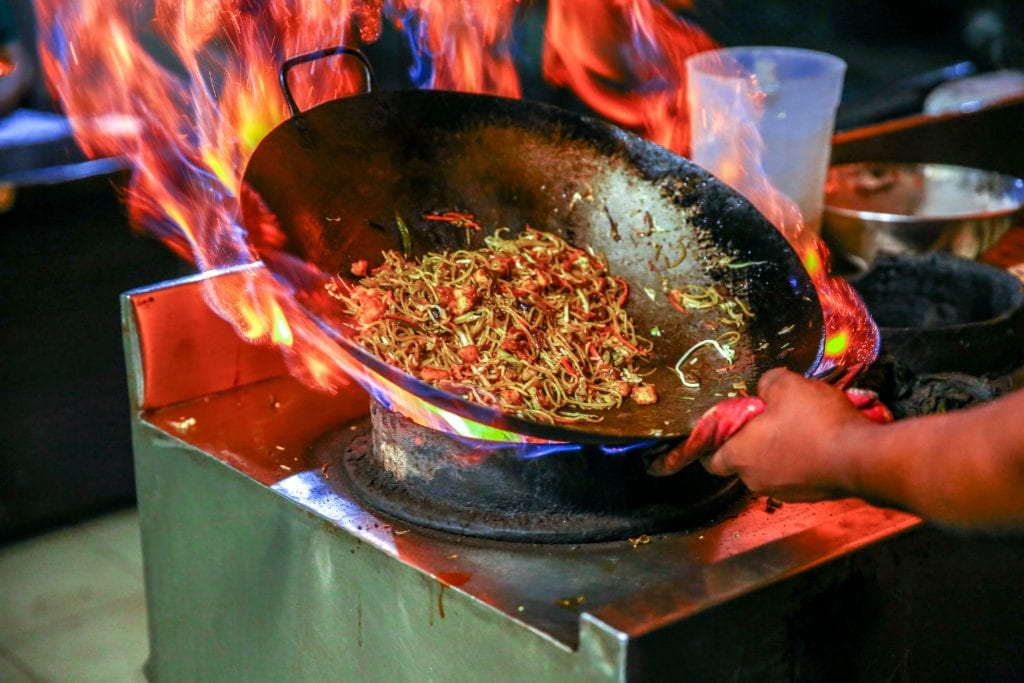
There’s nothing worse than having your food stick to your pots and pans, right? Two things can help.
Either choose cookware that is known to prevent food from sticking or use cookware that comes with a special non-stick coated surface.
We all know what happened with Teflon and we understand why most of you are looking for a different way to have non-stick pans without relying on Teflon.
Below are some of the best non-stick coatings that you should be cooking your foods with:
- Ceramic
- Hard-anodized aluminum
- Silicon
- Enameled cast iron
- Seasoned cast iron
All of the products that have the coatings above are all easy to clean, PTFE free, PFOA free, Lead, and Cadmium free.
While there’s no “best” non-stick surface, one of the coatings that we use daily is ceramic. It became the number one substitute when everyone started moving away from Teflon.
Cast iron is probably number two. I like cast iron, but I still prefer ceramic.
However, other coating materials are as good as coating and while there are slight differences in how each one of the coatings is made – there is very little difference in performance.
The most important thing is that all of these coating types are safe so you still have plenty of choices without having to worry about safety.
How to Know Which Material is Best for Your Stovetop?
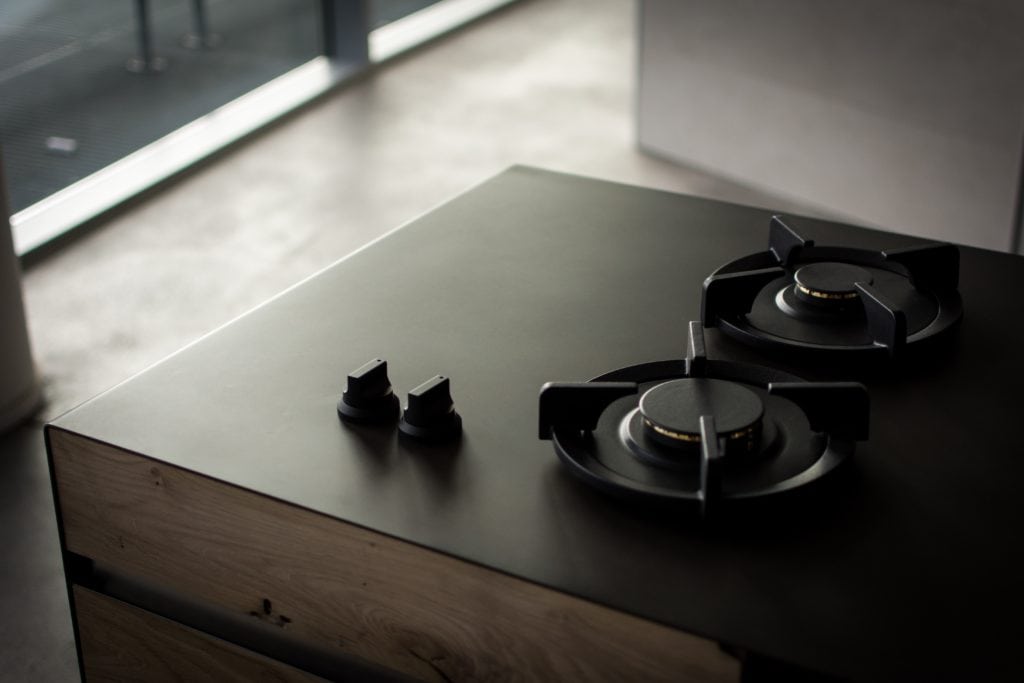
If you did your research, you’d know that not all cookware is ideal for all stovetops.
Therefore, it’s important to consider your stovetop before choosing your next best cookware set.
This is something people weren’t aware of when induction stovetop started increasing in popularity.
Therefore, many people had to replace most of their cookware only after trying to cook with regular cookware on the induction stovetop without much success.
It’s best to learn exactly the best type of metal that works best for your stovetop. This will especially become useful when you’re shopping offline.
If you’re shopping online then most cookware advertises its compatibility so you will know exactly if it fits your stovetop.
Luckily, there are many options nowadays for various kinds of cookware.
And if you’ve checked some of our reviews, you’d know that stovetop type is one of the main ways we categorize the cookware to make things easier for you.
How Much Should You Spend on a Quality Cookware Set?
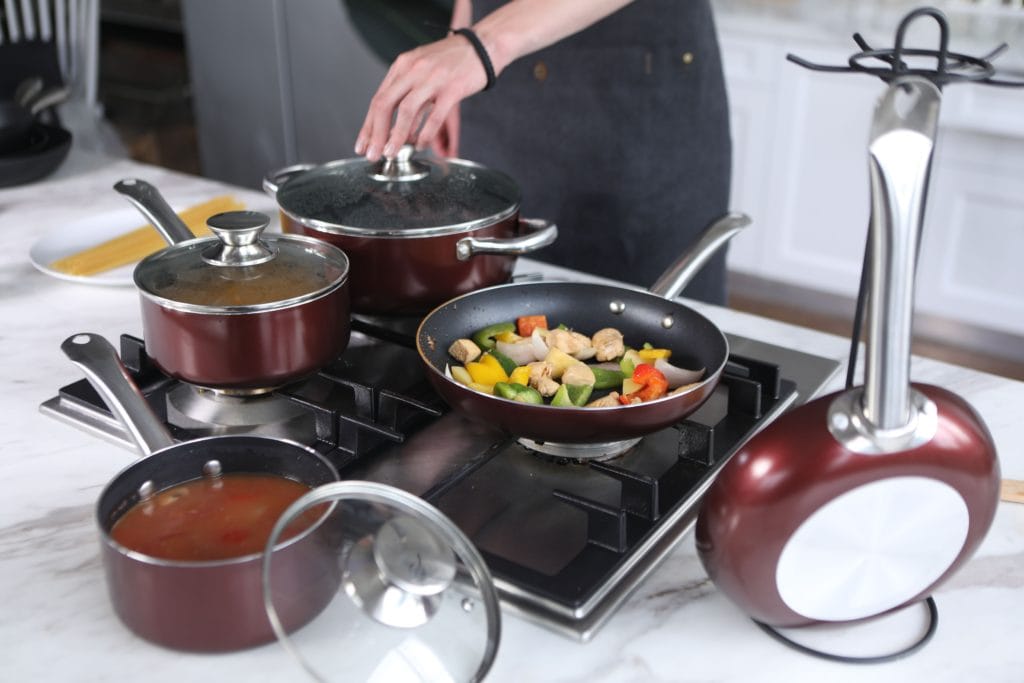
How much should you spend on a quality cookware set? If you browse the market, you’d know that there are some really expensive sets out there.
We believe that most people don’t need a cookware set at the higher-end. No matter how much you’re cooking, we highly recommend, when it comes to the quality/price range – staying near the mid or the lower high-end will definitely work.
Therefore, you don’t need to spend a fortune on a quality cookware set, but you should know exactly what you’re looking for.
Quality cookware for your home (mid-range or so) will cost you anywhere between a couple of hundred dollars to a little under a thousand dollars.
Another thing you should consider is what the pots and pans are made of, the number of pieces included in the set, and the brand.
Yes, there are many options. And with so many options on the market, it can be easy to get overwhelmed.
We always recommend setting up a budget so you don’t burn through your pocket as there’s always a “better” and more expensive cookware set that’s well advertised and is only a little bit more.
How Many Pieces Would You Need in a Cookware Set?
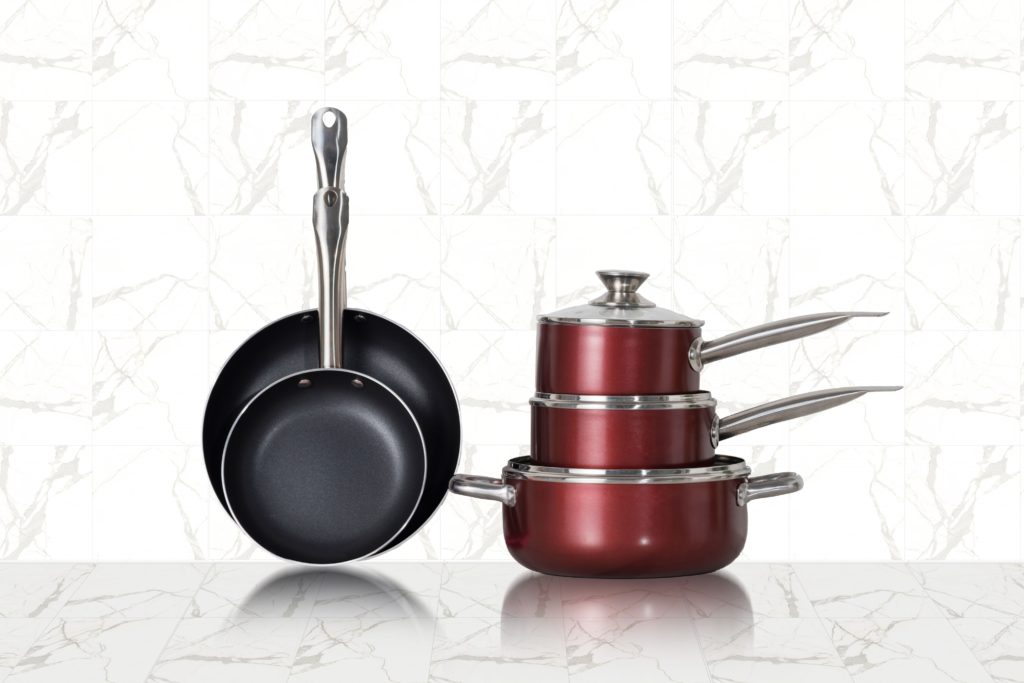
While the number of pieces might be an important piece of criteria for many people who are browsing for a set of cookware- we believe that it’s not that important.
Why?
You can check out the number of pieces in the set, but you might not check out exactly what the set includes.
Some sets with fewer pieces might include pots or pans that you’ll use constantly – while other sets of cookware with more pieces will only include a few that you’ll actually use.
Therefore, most of the time, you won’t need that many pieces within the set. Instead, we highly recommend focusing on the set that includes what you’ll use the most and what has the highest quality.
More pieces doesn’t necessarily mean better cookware. Therefore, we highly recommend creating a list of the pieces that are most important to you.
Once you have the list – you can start browsing cookware. This will help you forget about the number and focus on the quality of the set instead.
What is the best cookware material?
While there is definitely the best cookware material on the market, there are a couple of other things you should consider.
This will help you find out what is the best cookware for your personal needs. From there, you can browse for cookware but still remember that you need to pay attention to the type of stovetop you use and the desired cookware pieces you’d like to have in your set.
Setting a budget is always recommended and of course, if you need any additional help – check out our well-categorized cookware reviews.
No matter if you choose copper, aluminum, cast iron, stainless steel, or ceramic, any of these choices can serve you well for years to come.
We hope that the information in this article will help you make the best choice possible and has acted as a guide for your cookware buying decision!
What is your favorite cookware and why?
Related Posts
-
Is Hard Anodized Cookware Safe to Cook In?
Hard anodized aluminum non-stick cookware is increasing in popularity and with its build quality -…
-
How to Choose a Cookware Set
Everyone who loves cooking knows that a bad cooking set can not only ruin the…
-
Top 8 Best Ceramic Cookware Sets
In a hurry? Our top choice for the best ceramic cookware set is the GreenPan…



